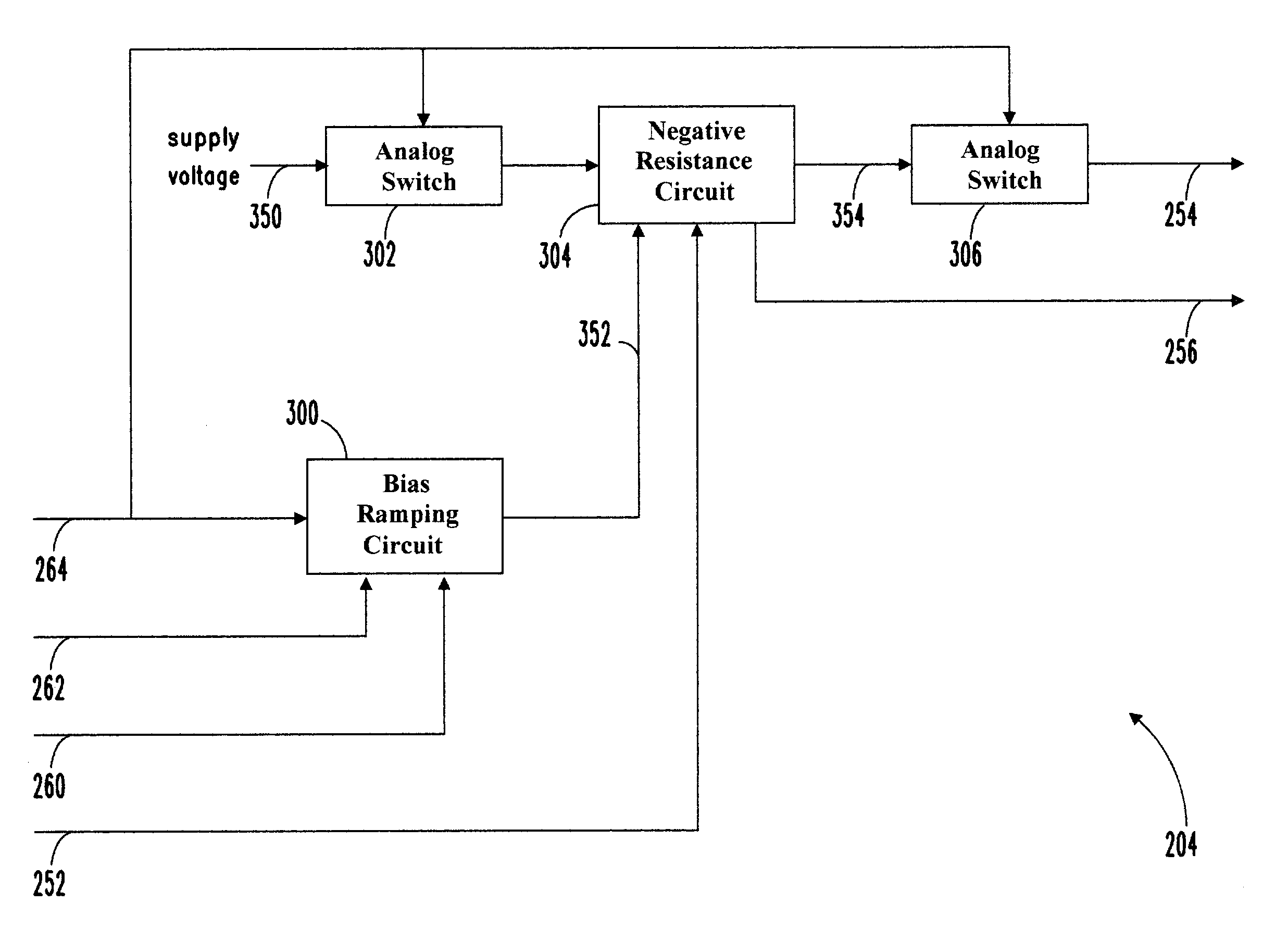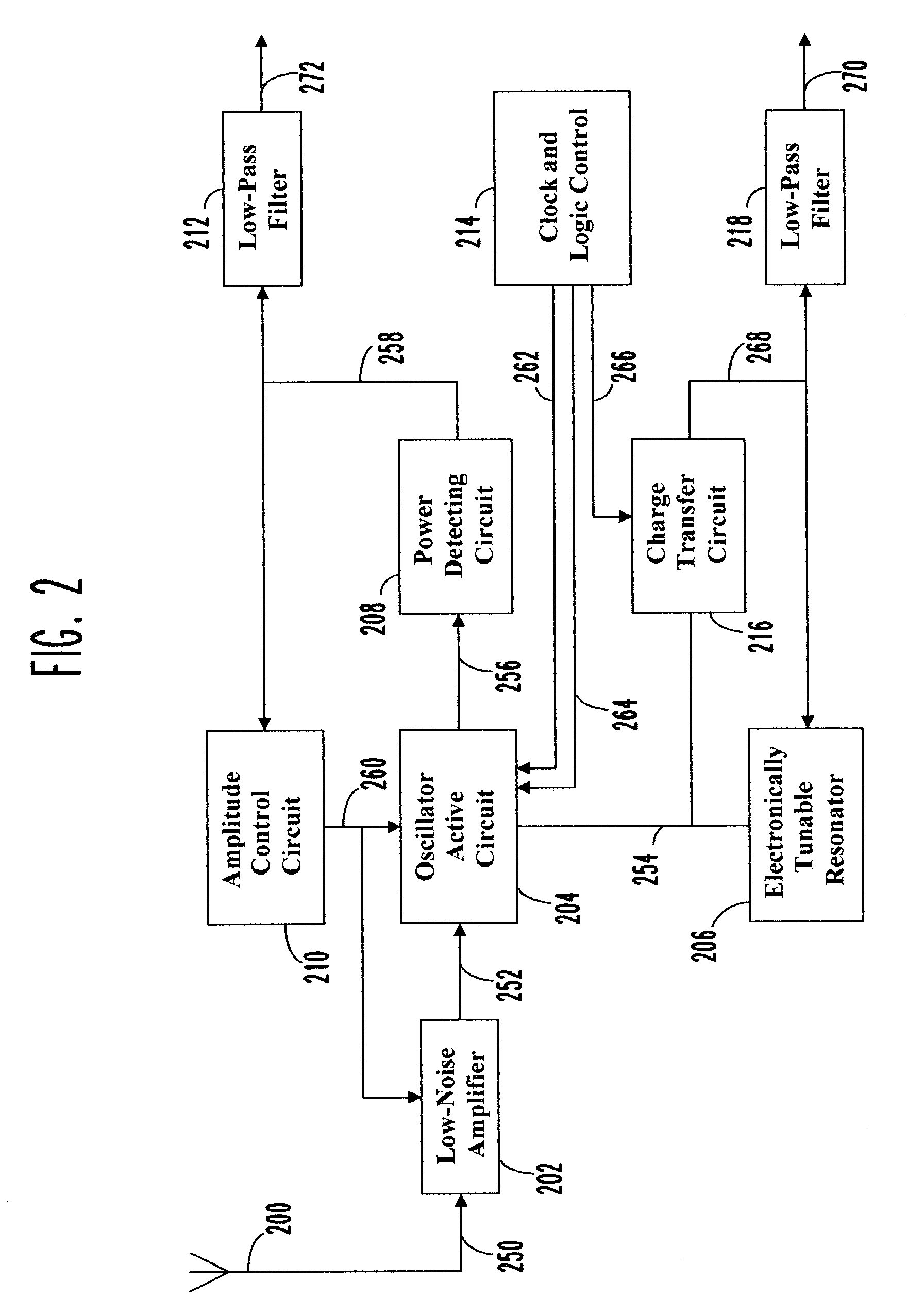Super-regenerative receiver including phase-locked loop
a phase-locked loop and receiver technology, applied in the field of electronic circuits, can solve the problems of limiting the usability of such approaches, affecting the reliability of super-regenerative receivers, and affecting the reliability of super-regenerative receivers, and achieve the effect of increasing power consumption
- Summary
- Abstract
- Description
- Claims
- Application Information
AI Technical Summary
Benefits of technology
Problems solved by technology
Method used
Image
Examples
Embodiment Construction
[0128]Preferred embodiments of the present invention will now be described in details, with reference to the accompanying drawings. This invention may, however, be embodied in many different forms and should not be construed as limited to the embodiments set forth herein. Rather, these embodiments are provided so that the disclosure will be thorough and complete, and will fully convey the scope of the invention to those skilled in the art.
[0129]Referring now to FIG. 2, preferred embodiment of the super-regenerative receiver, according to the invention, includes an electronically tunable resonator 206 which is responsive to resonator signal 254 and frequency control signal 268. The configuration of the electronically tunable resonator 206 is such as the resonator can be represented by equivalent series resonant circuit (therefore the resonator may include phasing transmission line to move the impedance reference plane). Actual implementation of the electronically tunable resonator 20...
PUM
 Login to View More
Login to View More Abstract
Description
Claims
Application Information
 Login to View More
Login to View More - R&D
- Intellectual Property
- Life Sciences
- Materials
- Tech Scout
- Unparalleled Data Quality
- Higher Quality Content
- 60% Fewer Hallucinations
Browse by: Latest US Patents, China's latest patents, Technical Efficacy Thesaurus, Application Domain, Technology Topic, Popular Technical Reports.
© 2025 PatSnap. All rights reserved.Legal|Privacy policy|Modern Slavery Act Transparency Statement|Sitemap|About US| Contact US: help@patsnap.com



